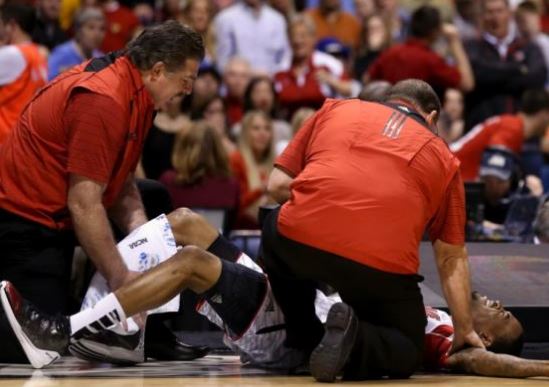Throughout your life, your ankles will be subject to an incredible amount of wear and tear. Even if you do everything in your power to keep your ankles healthy, a single misstep or accident can result in a severe sprain, hairline fracture, or torn ligament. Here is a quick look at a few signs that it is time to schedule an appointment with an experienced physical therapist who can help you get back on your feet.
Unbearable Pain
You should never ignore severe or sudden pain after rolling your ankle or stepping in a pothole. Sudden shooting pain is a common side effect of a broken ankle, and this type of injury requires immediate medical attention. Failing to treat a broken ankle can result in long-term injuries that will affect your quality of life for many years to come. Even if it is not a broken ankle, rolling your ankle can cause a severe sprain. After rolling your ankle it is best to check with a professional to make sure nothing truly damaging has happened.
Lingering Discomfort
Minor sprains and tears generally take at least a few weeks to fully heal, but most of the discomfort should fade away after three or four days. However, lingering pain could be a sign that your ankle is not healing properly. Anytime there is lingering pain or discomfort you must contact a physical therapist, like Town Center Orthopaedic Associates, P.C. or a similar trained professional in your area. Reaching out to a trained professional early will help you avoid secondary complications such as arthritis. One of these medical specialists can help you come up with a long-term treatment plan and give you some tips to prevent future injuries.
Limited Range of Motion
Your ankle is going to feel tight and weak after wrapping it or keeping weight off of it for a few days. Once you are able to start using your ankle again, you should have a full range of motion within two or three weeks. Lingering movement issues could be the result of a fractured bone, a torn ligament, or serious damage to the nearby muscles. If you are having problems with your range of motion, then you need to contact a doctor to schedule a CT scan.
Long-Term Swelling
It is perfectly natural for a sprained ankle to swell up, and you can minimize the swelling by raising your foot and putting an ice pack on the area. You can also gently wrap your ankle with a bandage to reduce the swelling and immobilize the joint. The only time you need to be concerned with a swollen ankle is if the discoloration and inflammation will not go away after a few days. Throughout the healing process, the nearby skin might appear to be red, yellow, or blue.
When it comes to your health and safety, you should always err on the side of caution. Those who are concerned about any type of injury should immediately head to the hospital or contact a doctor for further testing.



